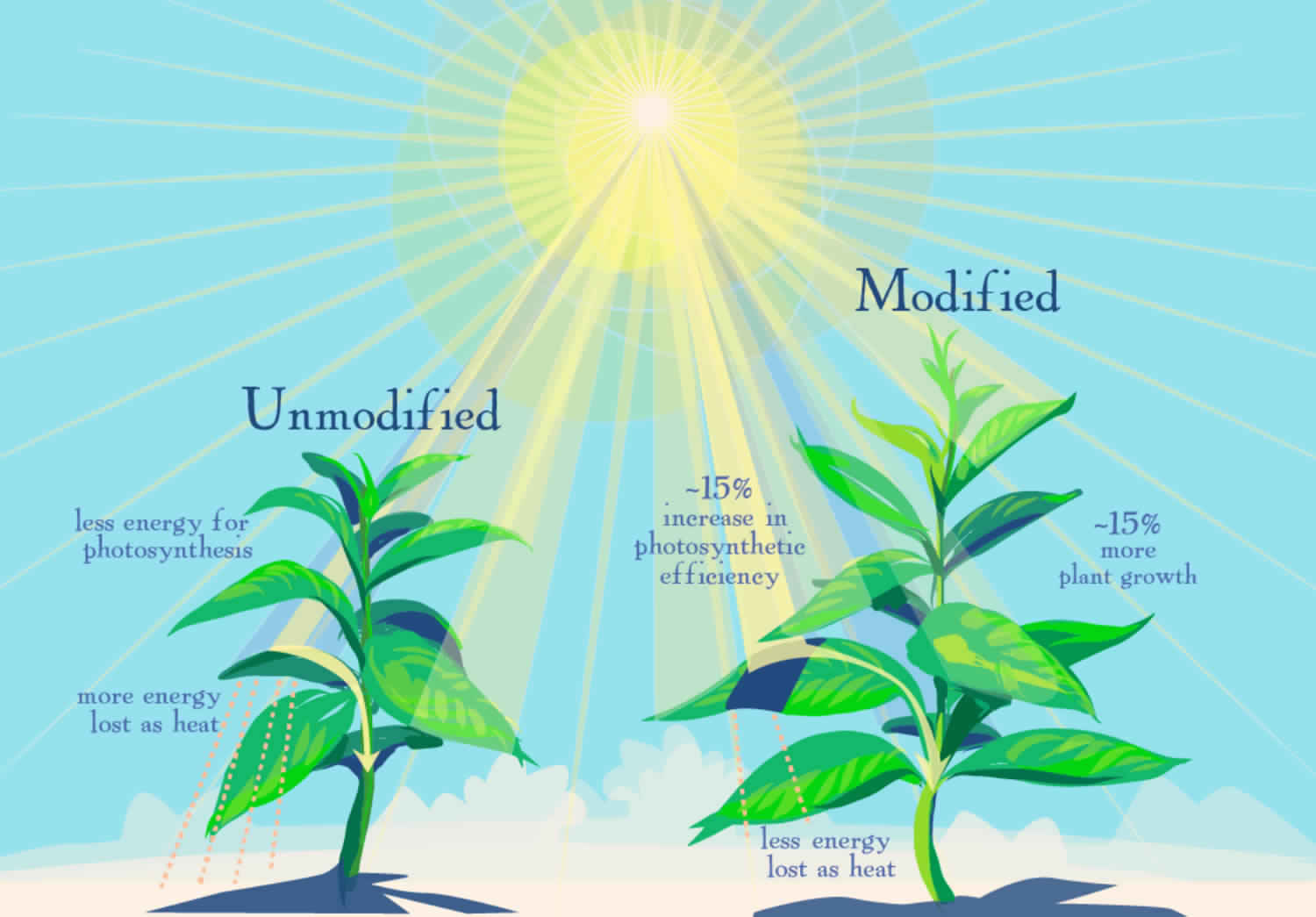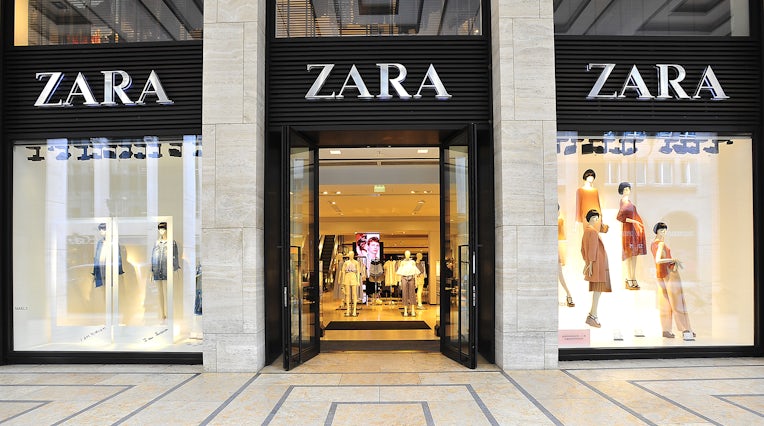Have you ever worried that one day, we might run out of food? As lifespans grow longer and more people are being born, it is a growing concern that sometime in the near future we might have not enough food supply for the population. In 2017, United Nations projected that the world population will reach 9.8 billion by 2050 and back in 2011, scientists predicted 10 billion people is the upper most population limit according to food availability. Watch the video below to find out more about this over-population concern!
So according to this, in just over 30 years we may be facing food shortage and insane food prices. Thankfully, scientists has yet again made a potentially life-changing discovery to prevent this.
A huge proportion of the food we eat come from crops that make use of the process called photosynthesis, which is a process used by plants, algae and some bacteria to convert energy from the sun into chemical energy that they are able to use. This process therefore, is very important for the amount of crop that is produced; the less efficient photosynthesis is, the less crop yield we will have.
It so turns out that this process is not wholly efficient. A major part of the photosynthesis process involves an enzyme-a substance that regulates the speed of a chemical reaction- grabbing carbon dioxide molecules, but around 25 percent of the time this enzyme grabs oxygen molecules instead. That mishap creates toxic by-products for plants and as such, they have to remove the molecules by a process called photorespiration which can be considered as “anti-photosynthesis”. To recap with the image on the left, plants take in carbon dioxide to use for photosynthesis and release oxygen through photorespiration.
Photorespiration is referred to as “anti-photosynthesis” because the process takes up precious energy and resources that could be invested in photosynthesis to produce more growth and yield. Therefore, a lot of research has been put into increasing photosynthetic efficiency to make up for that energy loss.
So what did we find? Well, by fixing glitches in photosynthesis researchers discovered that it can improve a crop’s yield by around 40 percent.
In January 2019, a team of scientists engineered more efficient and shorter photorespiratory pathways which created different routes to removing toxic byproducts from the plants with way less energy. This allowed the energy originally used in photorespiration to be used in photosynthesis, giving a greater production of crops.
An even more recent discovery from November 2019 found a protein inside plants that acts as a sensor to tune photosynthesis efficiency in response to changes in environmental conditions. This mechanism protects the plants from harsh conditions like drought or excess light and can help grow many bigger and better crops.
The bad news is that it will be well over a decade for these discoveries to be applied in real-life conditions. The good news? We still have enough time so hopefully by 2050, we’ll all be well-fed!
-Clara Kim











